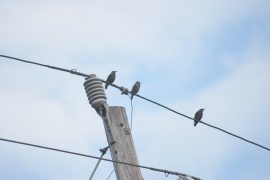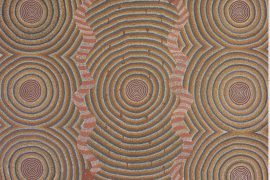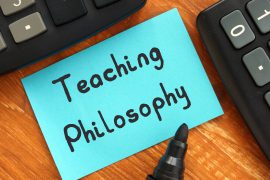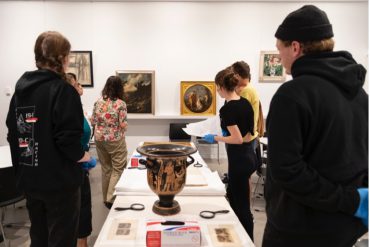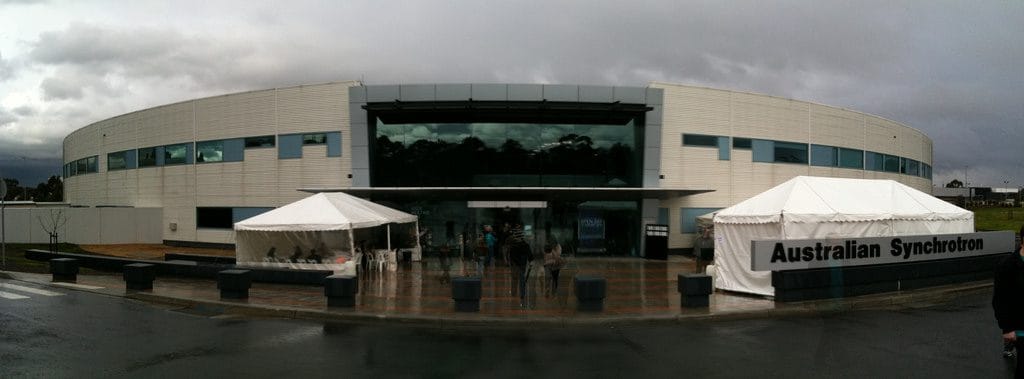
Staff from the faculties of Science, Engineering and Information Technologies and Pharmacy, led by Associate Professor Christopher Ling, have been awarded a 2017 Strategic Education Grant to develop an innovative Open Learning Environment (OLE) self-guided online course aimed bringing the concept of “big science” to postgraduate and advanced undergraduate (Honours) students for the first time.
The OLE is titled ‘Synchrotron X-ray and neutron scattering facilities: How “big science” can boost your research’.
Australia boasts some of the world’s newest and best large-scale research facilities for studying structure and dynamics in the physical world, from inter-atomic bonds through to nano scale devices and biological systems, to engineering components. These are the Australian Synchrotron (AS), Australian Centre for Neutron Scattering (ACNS) and National Deuteration Facility (NDF), in which the Commonwealth has invested more than $1B over the last 10 years.
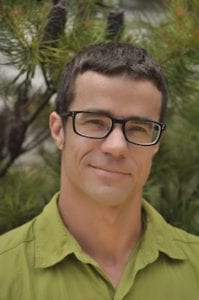
This OLE will show research students how these facilities can provide unique results that add value to their projects, and how they can access them for free. It will allow students to focus on the techniques most relevant to their own research and to structure their learning around their research focus, thereby implementing a “research-led teaching” approach favoured by current higher education theory.
The University has a Memorandum of Understanding with ANSTO, the operator of the AS, ACNS and NDF facilities, which refers to reciprocal use of infrastructure and joint supervision of Hons and HDR students. The OLE will put this into action to the benefit of both partners by increasing the number of Sydney researchers using ANSTO’s large-scale facilities, and bringing ANSTO researchers to the University to participate in teaching.
The multidisciplinary nature of the course is reflected in the involvement of academics from the Faculties of Science, Engineering, and Pharmacy, as well as ANSTO staff with adjunct appointments. The OLE will reinforce existing connections among their groups, while bringing new groups into the large-scale facility user community.

